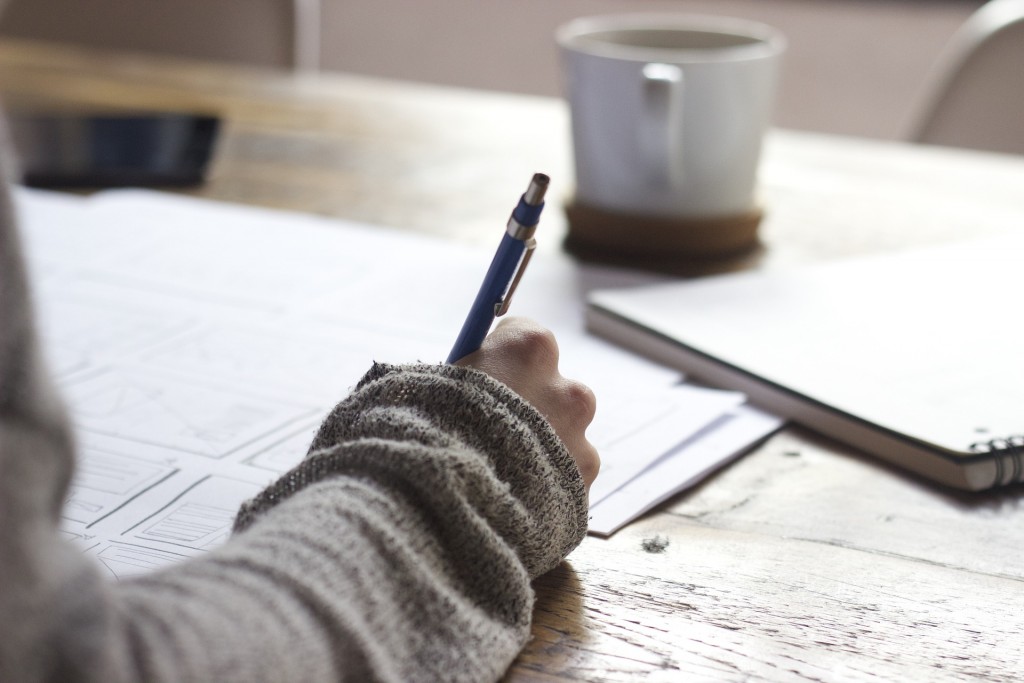 If there’s anything a writer dreads more than a writer’s block, it’s perhaps writing the acknowledgement for his masterpiece. No matter how many hundreds and thousands of acknowledgements you may have gone through, you are almost always bound to rest your fingers on the keyboard and think hard before starting on writing your own. I think acknowledgement has a similar affect on people when they are asked,”please tell me something about yourself?”. This question always has you at a loss. What do you mention? What do you leave out? How much information needs to be revealed and what needs to be kept under the wraps? It’s confusing, right?
If there’s anything a writer dreads more than a writer’s block, it’s perhaps writing the acknowledgement for his masterpiece. No matter how many hundreds and thousands of acknowledgements you may have gone through, you are almost always bound to rest your fingers on the keyboard and think hard before starting on writing your own. I think acknowledgement has a similar affect on people when they are asked,”please tell me something about yourself?”. This question always has you at a loss. What do you mention? What do you leave out? How much information needs to be revealed and what needs to be kept under the wraps? It’s confusing, right?
But don’t worry, there’s always a method to everything and writing an acknowledgement is no rocket science. In fact, I hope after you have gone through what I have to say to you in this one, you might find it easier to face the problem head on.
People often confuse an acknowledgement with a dedication. These two are entirely different, a dedication being used to mention the special ones you are dedicating or have written the book for, an acknowledgement is more of a list where you thank certain people for being there and making the book a reality. So here are the people who need to be mentioned in an acknowledgement:
a. People who have invested or funded your book.
b. The graphics designers, illustrators, your editor etc., who worked in shaping the book.
c. If it’s a book on something people helped you research on (in case of academic acknowledgements), mention everyone who have provided you with the materials or information.
How to write your acknowledgement:
a. List whom to thank: Making a list always helps. Make a rough note of the names of people you would like to mention, people who inspired you, helped with your thought process, or the people you believe made a significant contribution in turning your manuscript into a book. Since an acknowledgement is best when one page long, consider people without whom the book would be nowhere. A rather long acknowledgement makes your readers lose interest, and that’s something you should never do.
b. Start with thanking your publisher: If your book is being published traditionally, always begin the acknowledgement with thanking your publisher. Thanking the publishing house is customary, and in many ways a gesture of goodwill. If they are investing your book, helping you with the editing, designing and marketing, it’s a must-do. It not only helps you connect better with the publisher, it ensures they understand your gratefulness towards them for selecting your manuscript for publication. Your manuscript might have been forgotten among thousands of other ones had the publisher not found it interesting enough to invest in. More than anything else, they are giving you a platform to voice your say, so do return the favor.
c. Everyone involved in the “technical” aspects of the book: Mention your editor, designer, researchers., etc. Write how they helped you shape your book, their influence on the product and how their input made your book stand out in the crowd. Sometimes, crisp editing and stunning book design captures the attention of readers more than the book itself.
d. Lastly, drift to your family and dear ones: Once you are done acknowledging the publisher and everyone directly involved in the designing and production of the book, it’s time to thank the people who inspired you to write in the first place.
One important thing to keep in mind while writing the acknowledgement is that you must never, ever write more than a page. So once you are done writing the acknowledgement and you find it’s more than your word limit, edit it and make it fit into the page. However, sometimes, when you include the names of people who helped you with the book’s research, the list can get long. In that case, try to wind the note by extending it for another half a page, but never more than that. An acknowledgement has to be crisp and precise. So while you must flaunt your writing skills here, don’t overdo it. Once you are done editing it and have the final copy in your hands, proofread it and you are ready to go!


